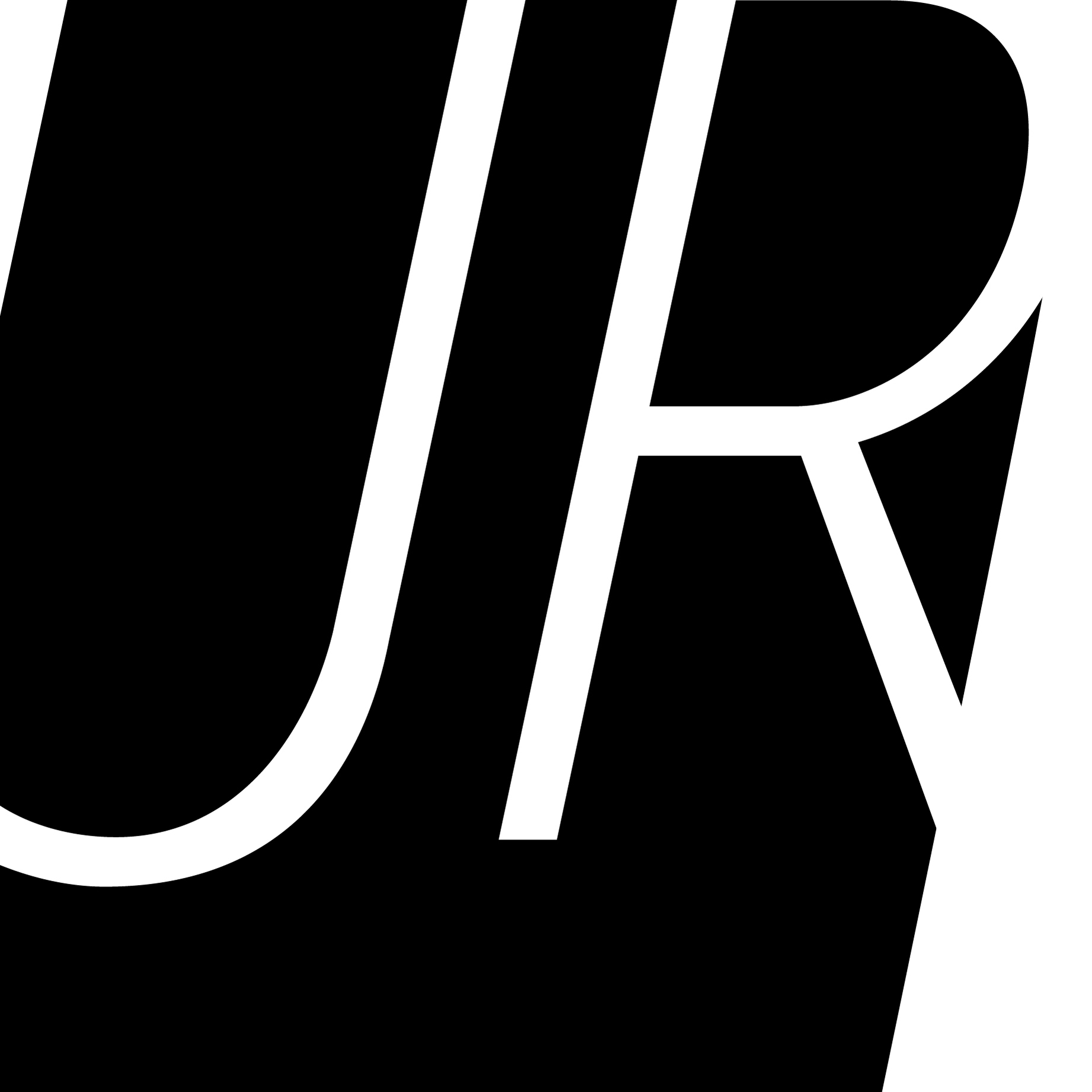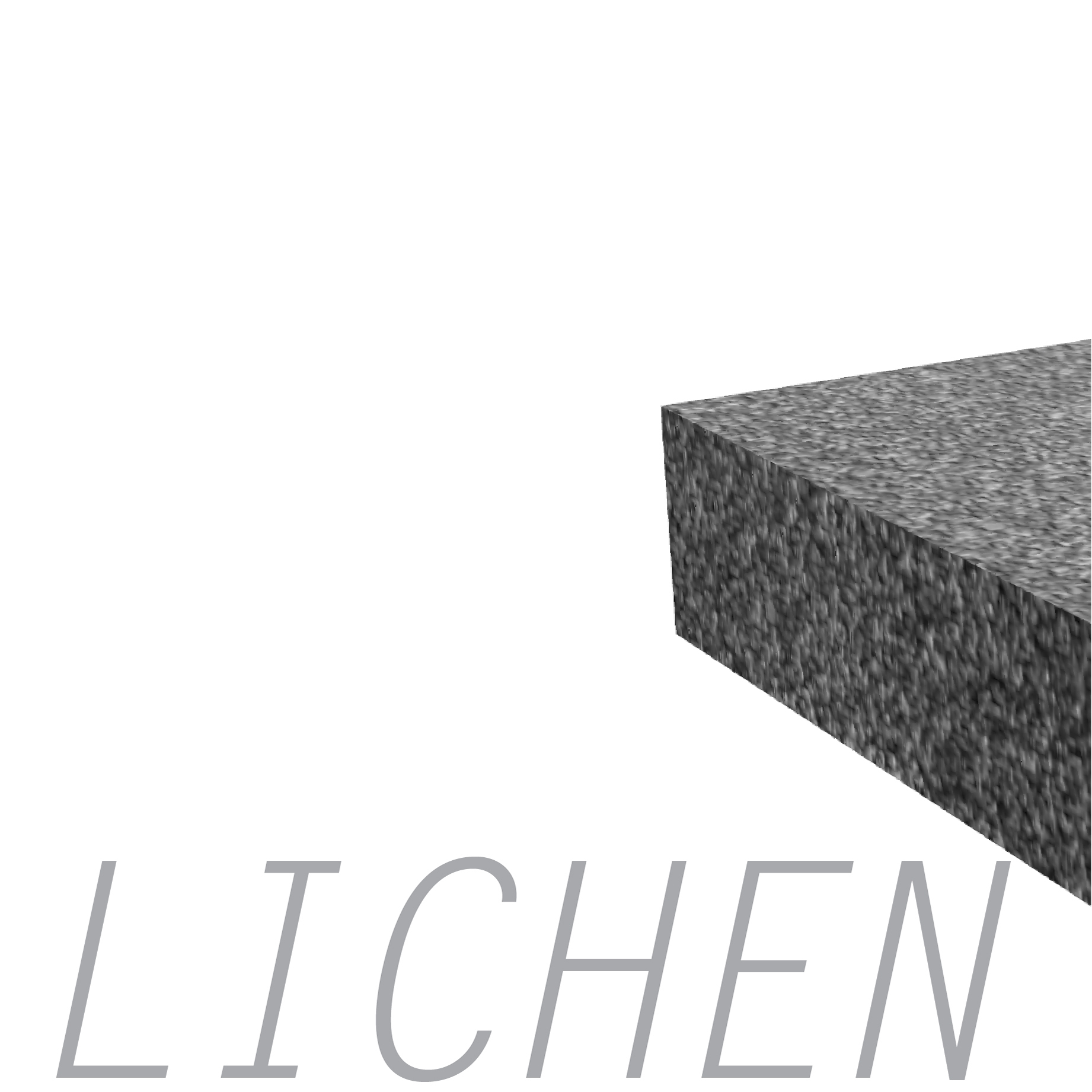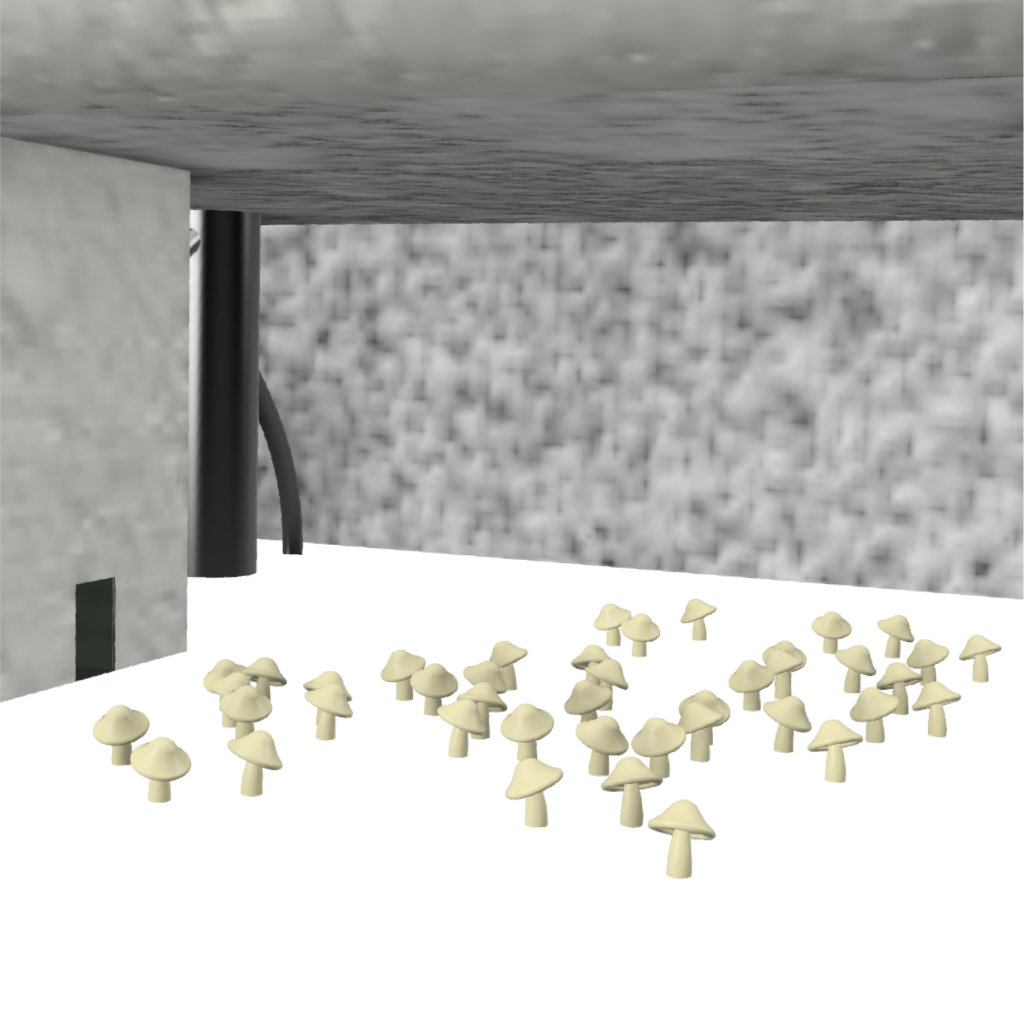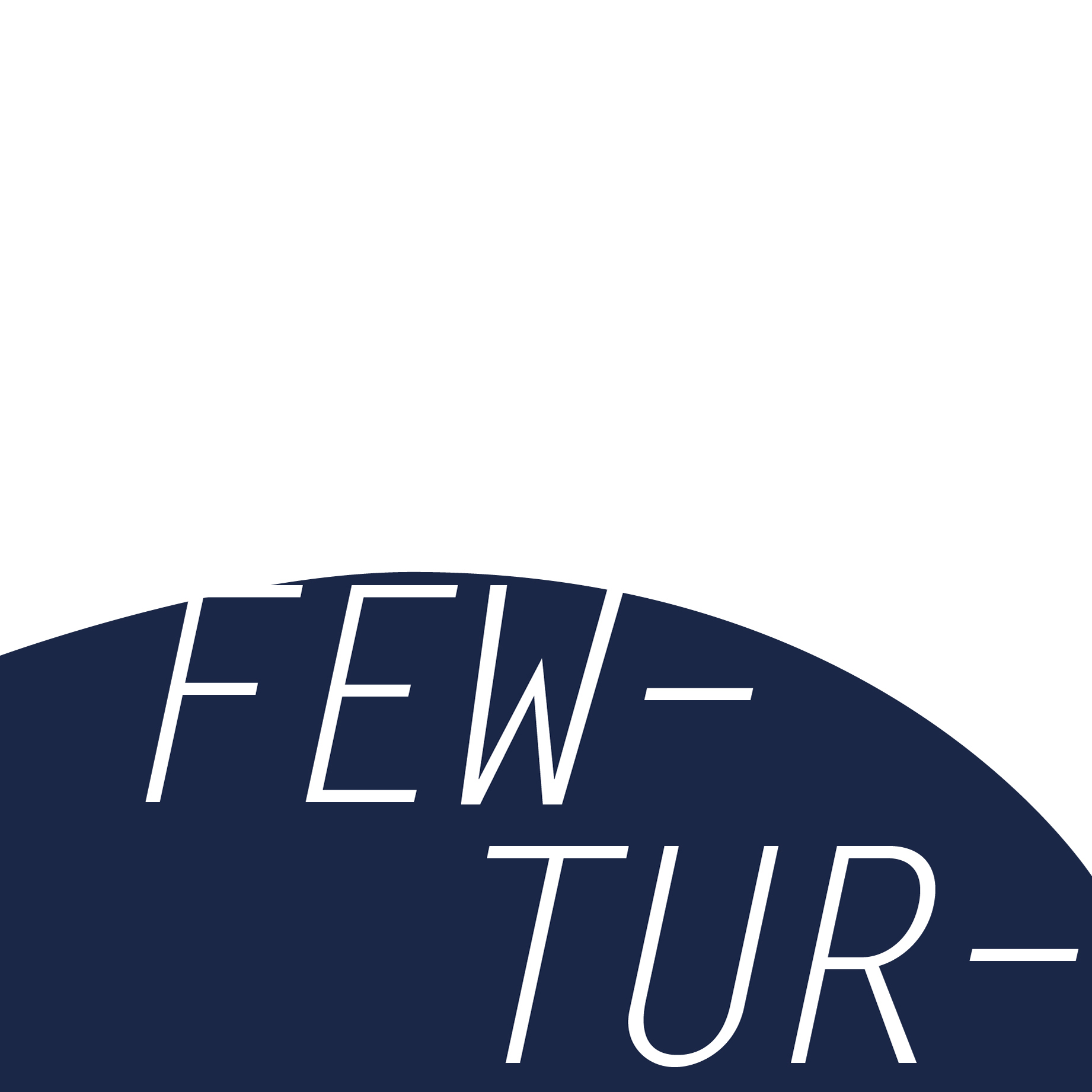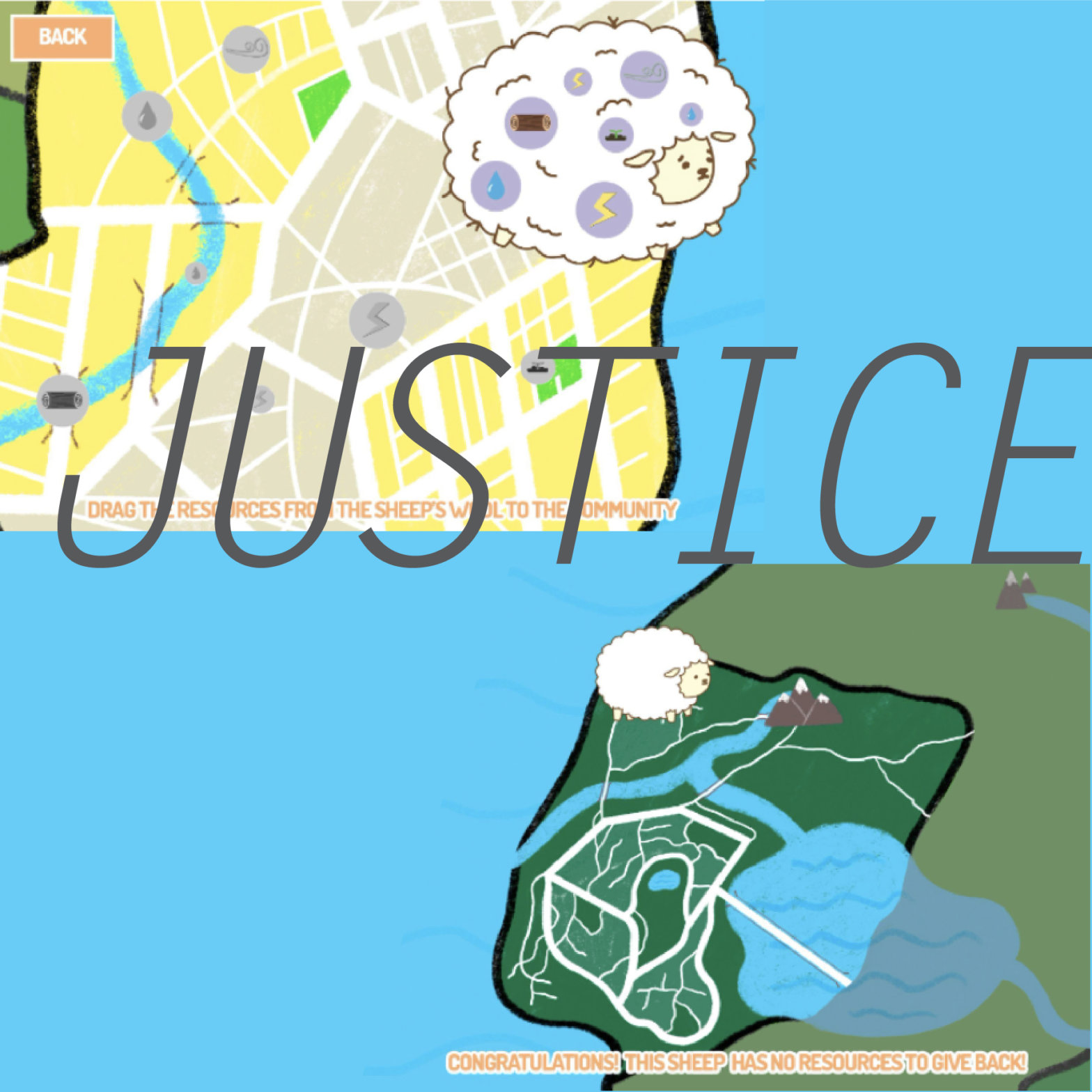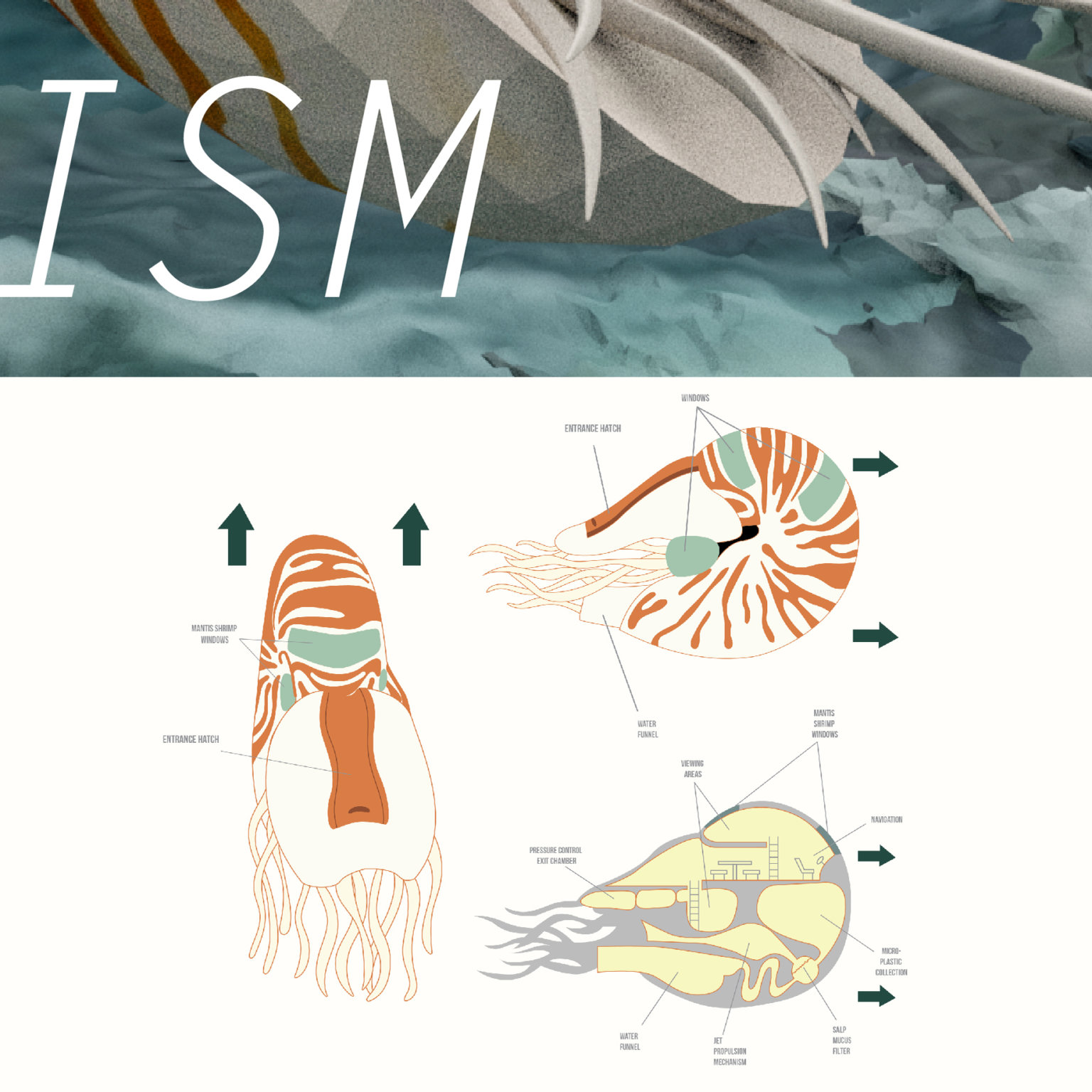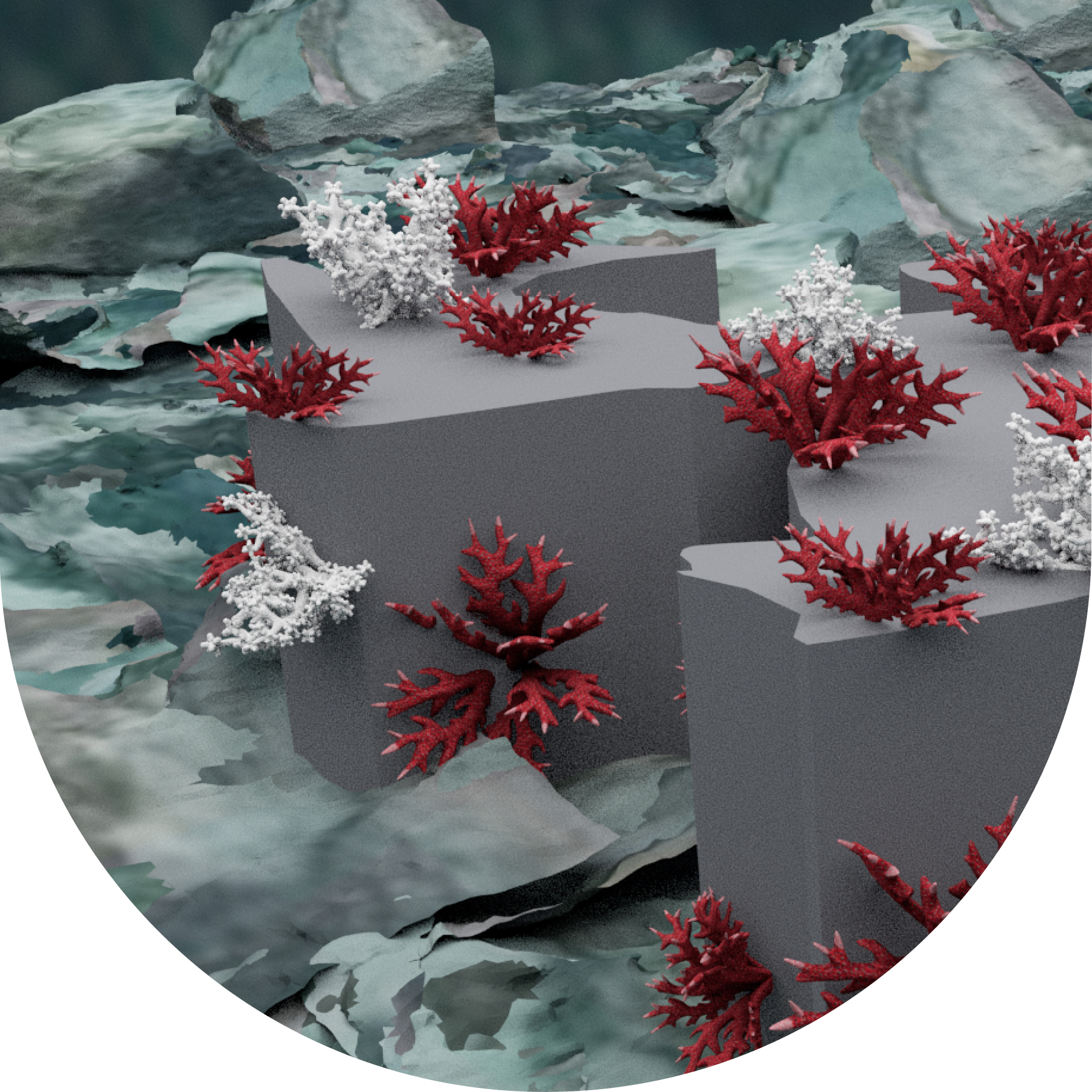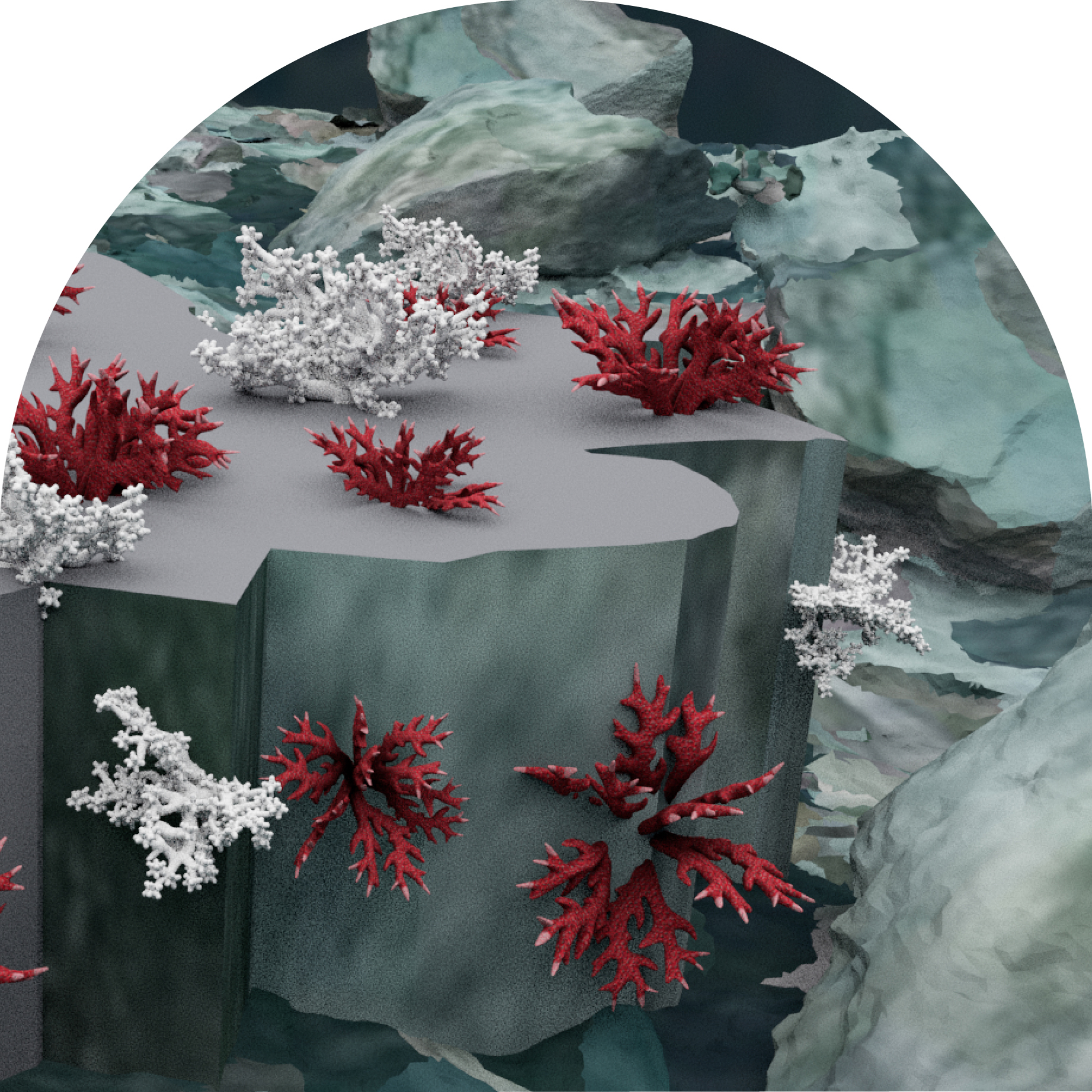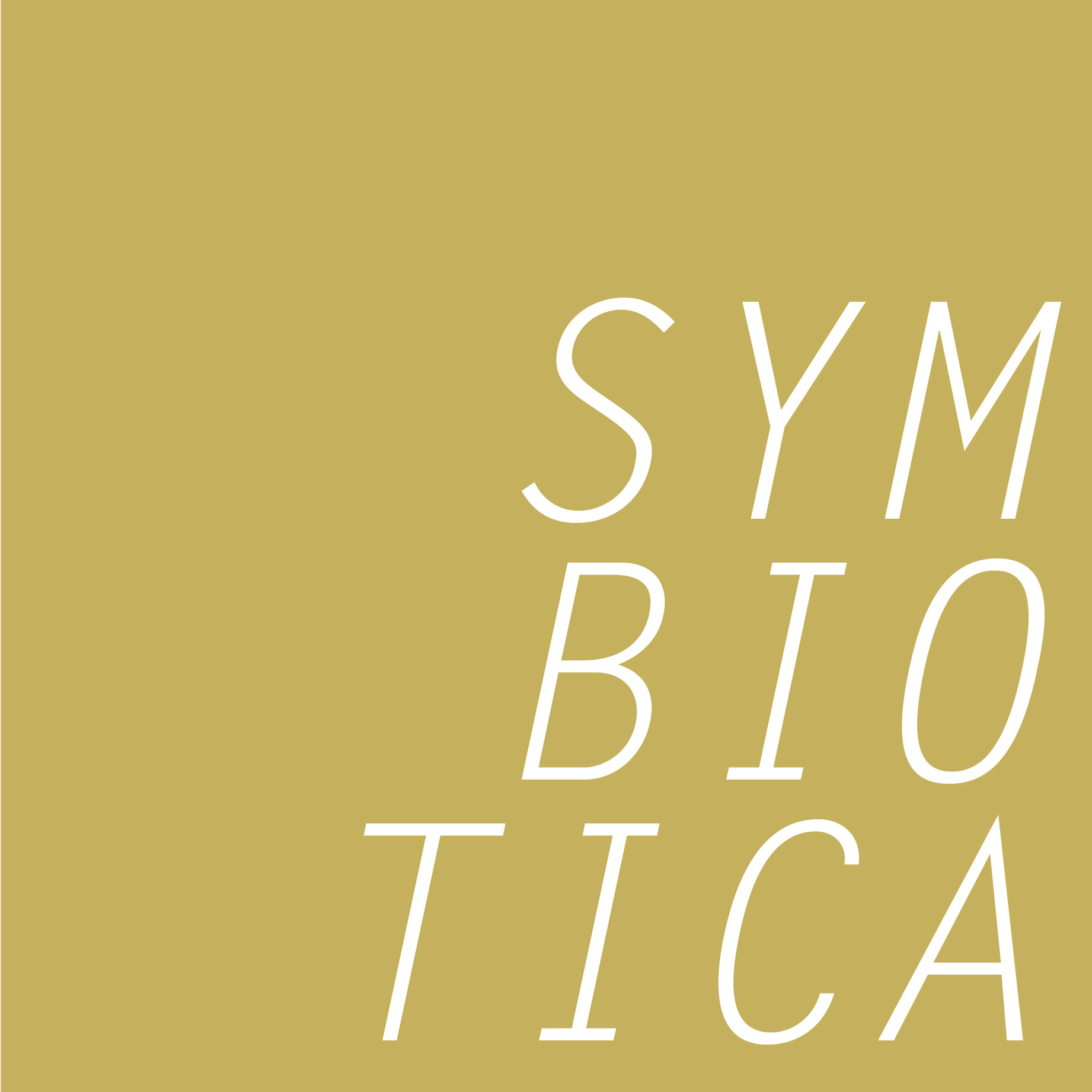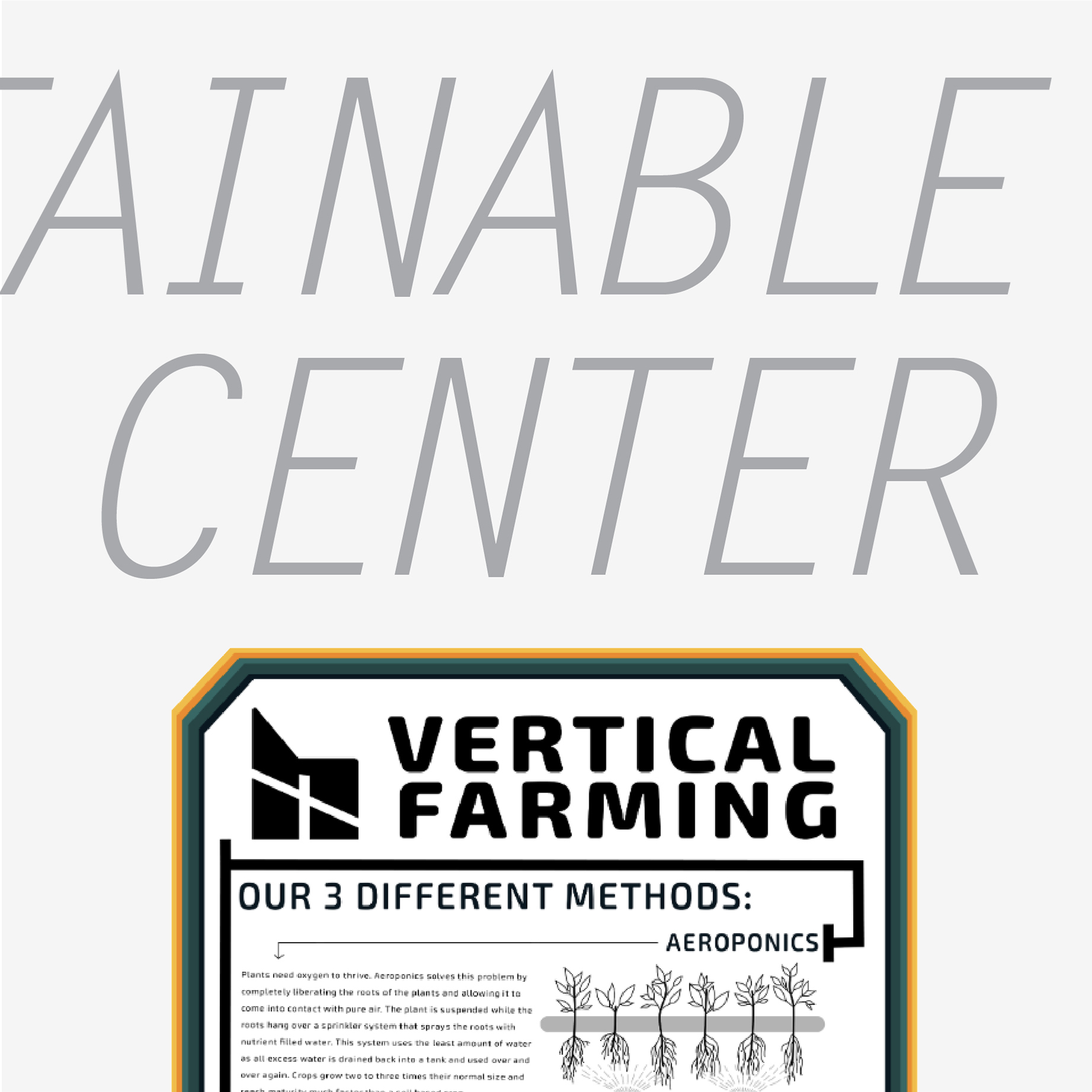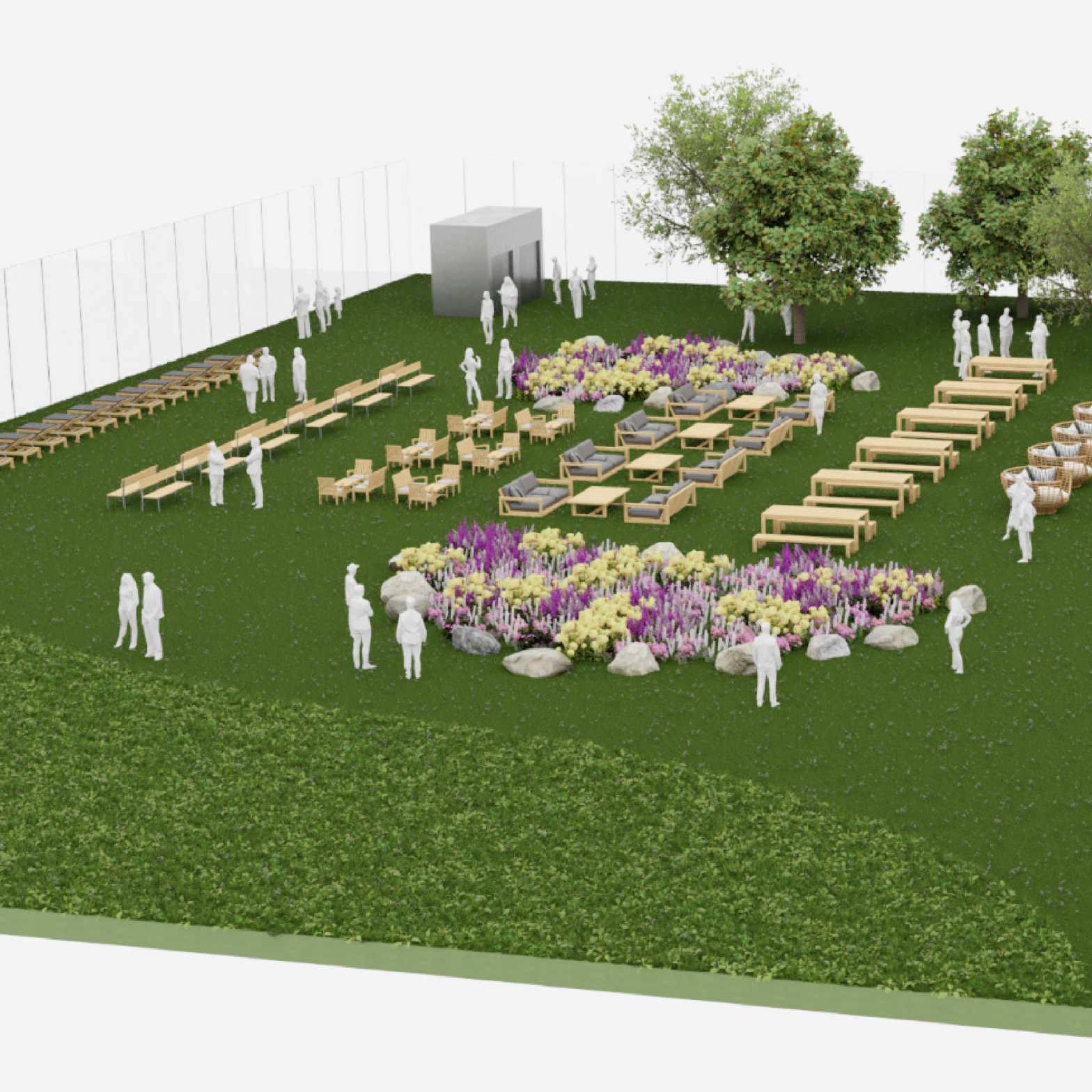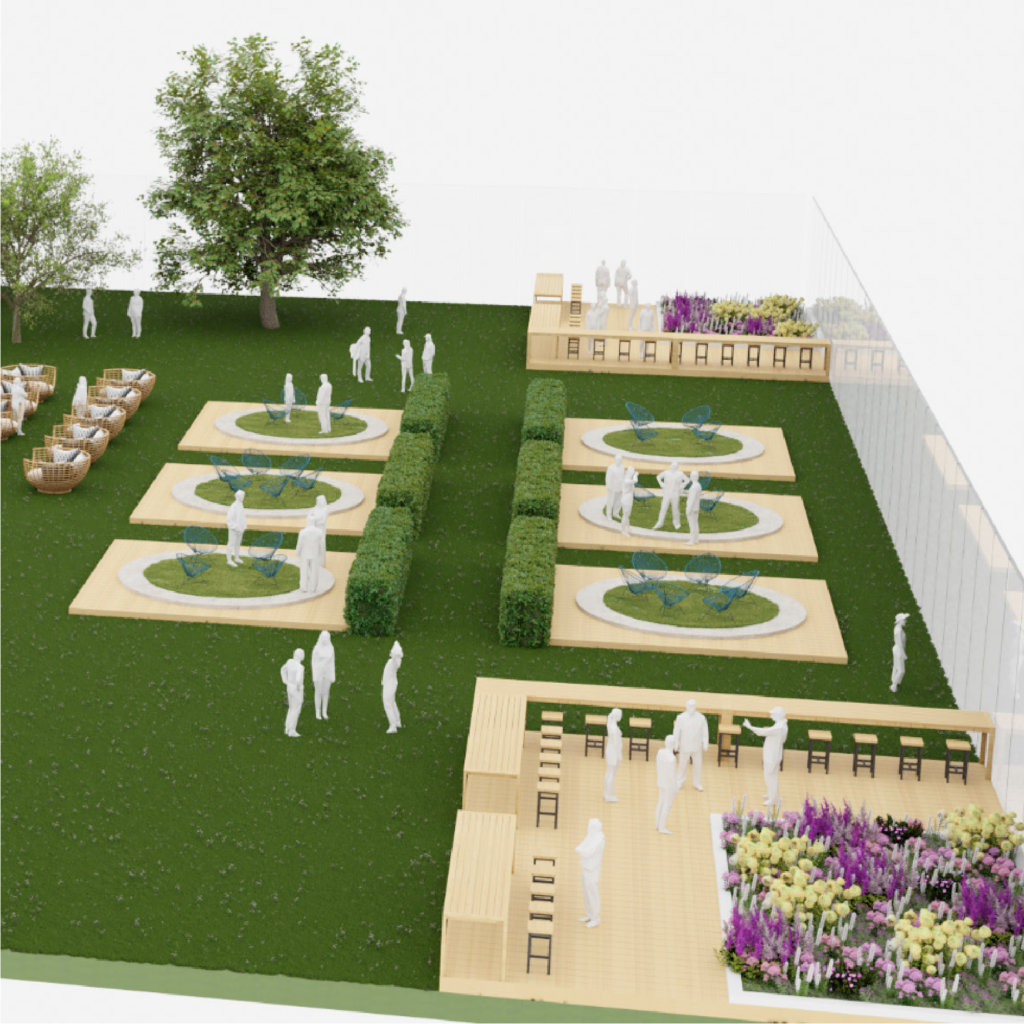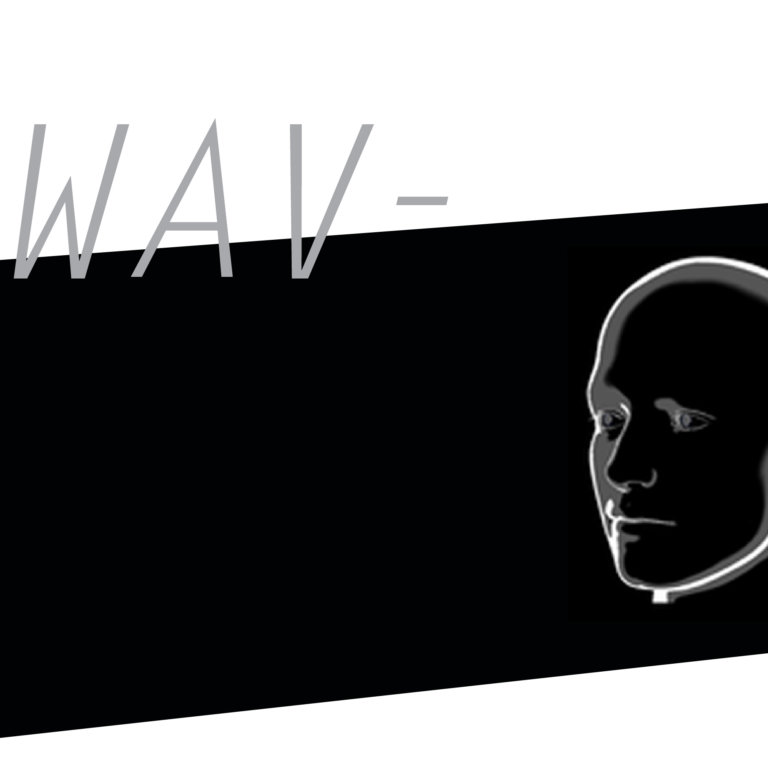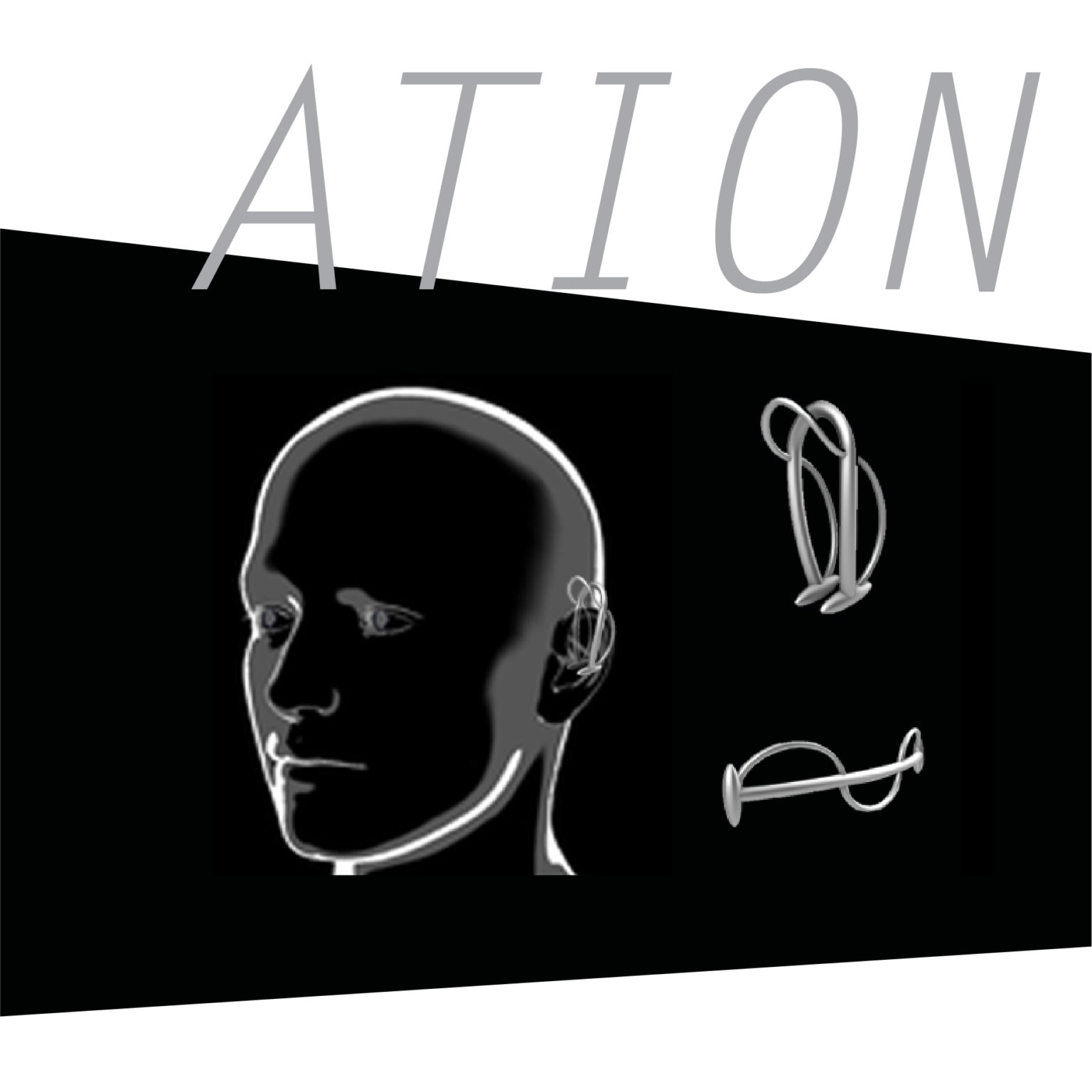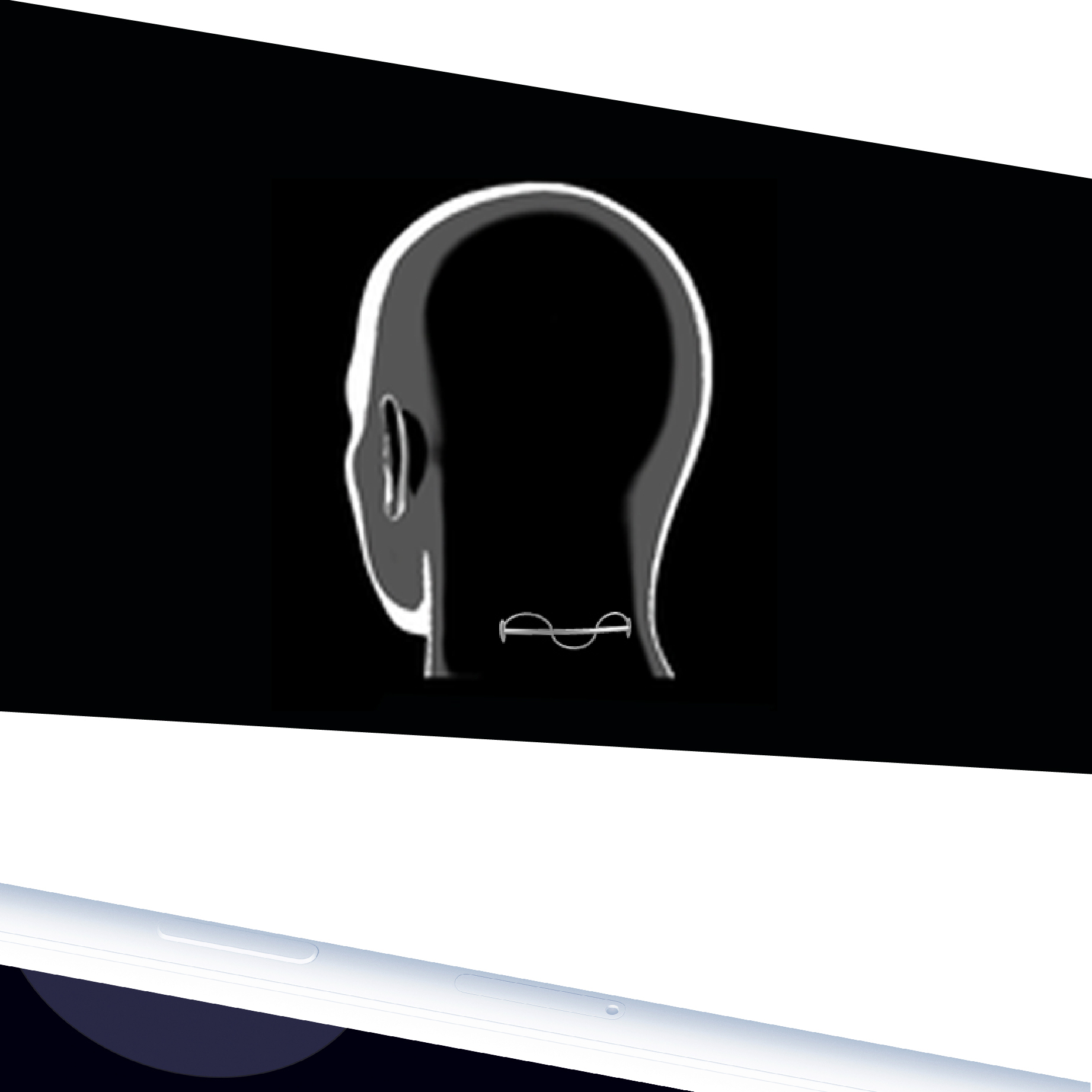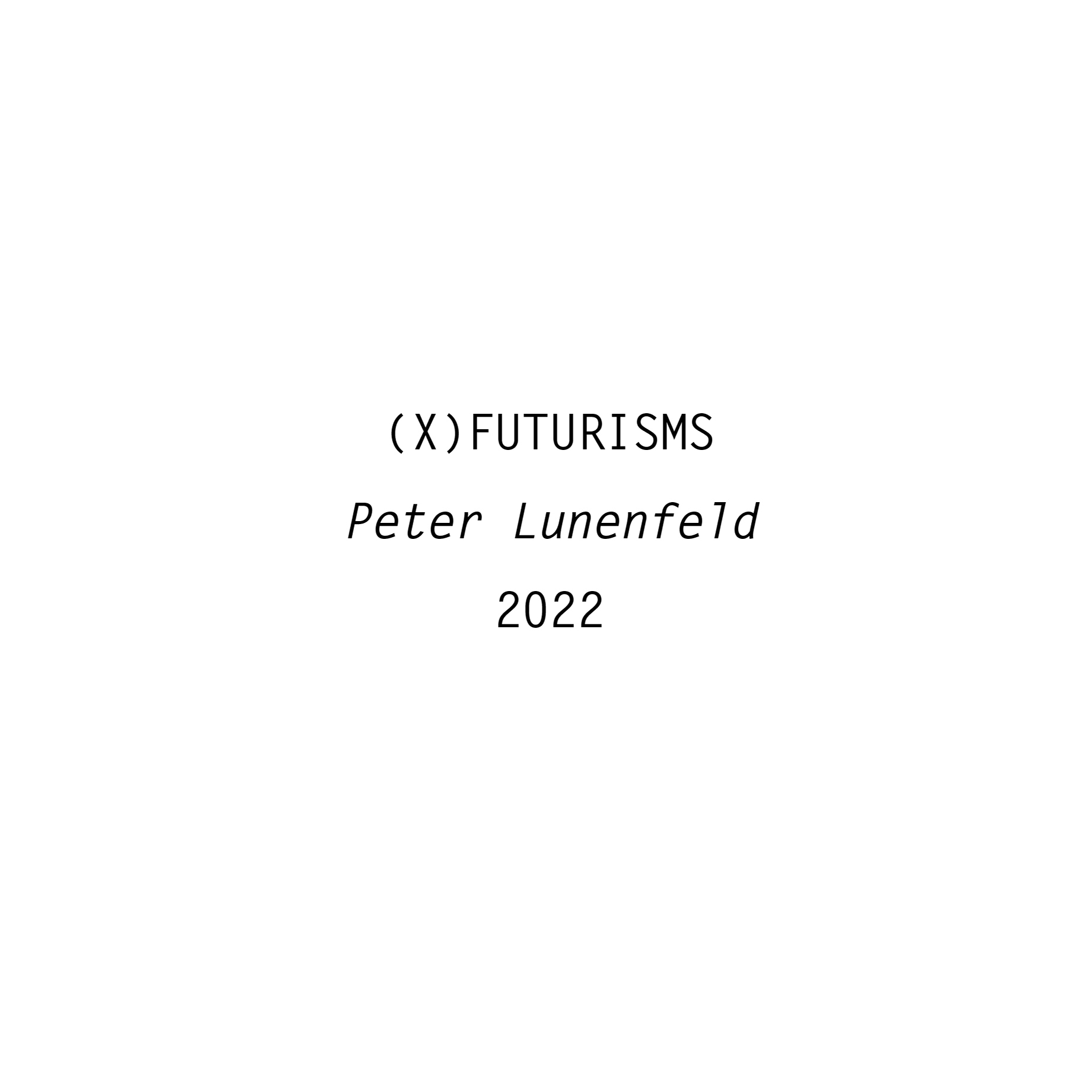solve for (x)futurisms
a design brief
about this contribution
The United States of America went through a radical self-examination in 2020. The shock of the Covid pandemic combined with economic and social dislocations, followed by the police murder of George Floyd, forced a reckoning on race, racism, and state violence. That same year, Opal Tometi, a co-founder of Black Lives Matter, wrote that she believes “that what we are witnessing now is the opening up of imaginations, where people are beginning to think more expansively about what the solutions could be”.1Isaac Chotiner, “A Black Lives Matter Co-Founder Explains Why This Time Is Different,” The New Yorker, June 3, 2020. See article
In the Design Media Arts department at UCLA, I teach a course titled Design Futures, that has historically been an incubator for hybrid research and production. In response to the issues of the moment, we look to investigate how design theory and praxis could open up a series of new, more inclusive futures.
The question before us was: what can design do to help us through this moment? How could we conceive or design futures that we actually want to live in, rather than as briefs from commercial interests? We determined one answer to a series of design research provocations, that we termed Solve for (x)Futurisms. These ran the gamut from Afro Futurisms to Latinx Futurisms, Indigenous Futurisms to Queer Futurisms. The group researched extant practices, modeled design ethnographies, and then mocked up their own bespoke future scenarios.
What follows is a visual primer of the (x) Futurisms of a small group of young makers on the edge of the Pacific Ocean in a year that was definitively in and of the 21st century.
Peter Lunenfeld
credits
course conceptualization and organization: Peter Lunenfeld, Professor of Design Media Arts, UCLA
design and reconceptualization: Denise Gonzales Crisp, North Carolina State Professor and designer, and Maya Lu, design intern at UCLA
students groups:
Lichen House: Omar Ababneh, Jessica Till, Arin Fazio, Jennifer Hotes, Haley Penn, Kathleen Yang
Fewturism: Sihan Li, Chuyu Liu, Lala Luo, Qiao Li, Guo Chen
ecoFuturist Dormitory: Henry Barbera, Kaize Xie, Sejun Park, Amie Xu, Min Li, Kat Sung
Greedy Sheep: Sabrina Chang, Emily Kim, Rachel Kim, Fabian Rios, Serena Tie, & Charles Tran
Aqua-Futurism: Albert Acosta, Zara Aiken, Helena Alcala, Nel Alpysbayeva, Sascha Barnes, Natalia Beltran
Symbiotica: Nickolas Brogdon, Paige Brunson, Joanna Chen, Charlie Chica, Peyton Gee
Sustainability Center: Eli Henriksen, Eun Seo Kang, Max Gruber, Christine Kao, Chloe Kim
United Terra: Adam Lomeli, Collette Lee, Sophie Lin, Jane Lee, Justin Lee, Ruth Lee
Wavation: Max Loy, Anika Murthy, Anton Nguyen, Aileen Oh, Hannah Oh, Ashley Ong
copy editing: Bronwyn Mahoney
references and rights
illustration rights and references
read more read less
(x)Futurisms, 2022, Denise Gonzales Crisp.
Lichen House, 2021, Omar Ababneh, Jessica Till, Arin Fazio, Jennifer Hotes, Haley Penn, Kathleen Yang.
Fewturism, 2021, Sihan Li, Chuyu Liu, Lala Luo, Qiao Li, Guo Chen.
ecoFuturist Dormitory, 2021, Henry Barbera, Kaize Xie, Sejun Park, Amie Xu, Min Li, Kat Sung.
Greedy Sheep, 2021, Sabrina Chang, Emily Kim, Rachel Kim, Fabian Rios, Serena Tie, & Charles Tran.
Aqua-Futurism, 2021, Albert Acosta, Zara Aiken, Helena Alcala, Nel Alpysbayeva, Sascha Barnes, Natalia Beltran.
Symbiotica, 2021, Nickolas Brogdon, Paige Brunson, Joanna Chen, Charlie Chica, Peyton Gee.
Sustainability Center, 2021, Eli Henriksen, Eun Seo Kang, Max Gruber, Christine Kao, Chloe Kim.
United Terra, 2021, Adam Lomeli, Collette Lee, Sophie Lin, Jane Lee, Justin Lee, Ruth Lee
Wavation, 2021, Max Loy, Anika Murthy, Anton Nguyen, Aileen Oh, Hannah Oh, Ashley Ong.
Graphic design and graphic transformation of images by Denise Gonzales Crisp.
bibliography and references
read more read less
Burdick, Anne. 2019. “Designing Futures from the Inside.” Special Issue: Design and Futures (Vol. I), Journal of Futures Studies 23, no. 3.
Crisp, Denise Gonzales. 2003. “Towards a Definition of the Decorational.” Design Research: Methods and Perspectives, ed. Brenda Laurel. Cambridge, MA: MIT Press.
Candy, Stuart and Kelly Kornet. 2019. “Turning Foresight Inside Out: An Introduction to Ethnographic Experiential Futures.” Special Issue: Design and Futures (Vol. I), Journal of Futures Studies 23, no. 3.
Donohue, Micah. 2020. “Sci-Fi Ain’t Nothing but Mojo Misspelled Latinx Futurism in Smoking Mirror Blues.” Chiricú Journal: Latina/o Literatures, Arts, and Cultures 5, no. 1.
Heinrich, Ari, Howard Chiang, and Ta-wei Chi. 2020. “Toward a Queer Sinofuturism.” Screen Bodies 5, issue 2.
Hogan, Ernest. 2001. “Stuck outside Tenochtitlán, with the Tezcatlipoca Blues.” Excerpt from Smoking Mirror Blues. La Grande, OR: Wordcraft of Oregon.
Kilgore, De Witt Douglas. 2014. “Afrofuturism.” The Oxford Handbook of Science Fiction, ed. Rob Latham. Oxford: Oxford University Press.
Lunenfeld, Peter. 2011. “Bespoke Futures.” In The Secret War Between Downloading and Uploading. Cambridge, MA: MIT Press.
Lunenfeld, Peter. 2019. “The California Design Dominion.” Los Angeles Review of Books Quarterly, no. 24: https://lareviewofbooks.org/article/california-design-dominion-thirteen-propositions/.
Lunenfeld, Peter. 2021. “Colloidal Suspension: Immersion and the Pedagogies of Making.” Design Denise Gonzales Crisp. Sensate Journal (2021) https://sensatejournal.com/colloidal-suspension-immersion-and-the-pedagogies-of-making/.
Wallis, Keziah and Miriam Ross. 2020. “Fourth VR: Indigenous Virtual Reality Practice.” Convergence 27, no. 2.
to cite this article
This article is using Chicago format for its references
Lunenfeld, Peter, Denise Gonzales Crisp, and the Students of UCLA DESMA 104. 2023. “Solve for (x)Futurisms: A Design Brief.”.able journal.
https://able-journal.org/solve-for-xfuturisms
cite this article
MLA
EN
Lunenfeld, Peter, Denise Gonzales Crisp, and the Students of UCLA DESMA 104. “Solve for (x)Futurisms: A Design Brief.” .able journal. 2023. https://able-journal.org/solve-for-xfuturisms
ISO 690
EN
LUNENFELD, Peter, GONZALES CRISP, Denise, and the Students of UCLA DESMA 104. Solve for (x)Futurisms: A Design Brief. .able journal [online]. 2023. Available from: https://able-journal.org/solve-for-xfuturisms
APA
EN
Lunenfeld, P., Gonzales Crisp, D., & the Students of UCLA DESMA 104 (2023). Solve for (x)Futurisms: A Design Brief. .able journal.
https://able-journal.org/solve-for-xfuturisms
print this contribution
Use the links below to print this contribution. You have the choice between a high-quality format or an eco-quality format optimized to reduce environmental impact.







